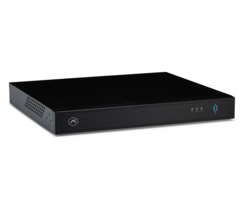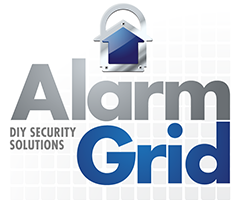Streaming Video Recorders



Streaming video recorders represent important accessories for home and business video surveillance setups. Many video surveillance setups will require you to add a streaming video recorder to capture video on a set schedule, which includes any continuous 24 hour recording configuration. Otherwise, a camera will only capture clips upon detecting movement or picking up some type of audio. The purpose of these streaming video recorder devices is to prevent the cloud servers from being overloaded due to the continuous and constantly uploading of clips. Instead of being stored on the cloud, the video clips are stored on the hard drive for the streaming video recorder unit. You can swap out the hard drive(s) if needed to provide more space for storing captured clips, while still retaining the existing clips on the old hard drive(s) for archival purposes.
A great aspect of a streaming video recorder is that it will connect with the network, typically through a hardwired ethernet connection. Once it is connected to the network, you can access the stored clips from the streaming video recorder from pretty much anywhere in the world using a corresponding mobile app or a web browser. You can scroll through captured recordings to find the material that you need. This can be very useful if you aren't on-site to go through the material. In addition, many stream video recorders feature a USB port for a mouse and an HDMI port for connecting a monitor. This way, you can review footage locally to find what you need. Remember that the hard drives connected with a stream video recorded are finite in terms of storage space. You will need to periodically delete footage or replace the hard drives with new ones to keep storing clips.
Just because you use a streaming video recorder doesn't mean you need to configure your video surveillance setup for 24 hour continuous recording. Many users elect not to do this as a way of minimizing captured footage and helping their hard drives store footage across a longer period of time. For example, it might be more economically efficient to just have your cameras capture continuous video during the hours when your office is normally closed or at night when your family is asleep. Most platforms that support SVRs will allow you to customize a recording schedule to meet your unique needs. And remember, this schedule-based recording may only be possible by adding an SVR device. Otherwise, you will be restricted to just motion-based, and sound-based triggered recording clips.
Alarm.com has really embraced SVR devices throughout the years, adding a variety of streaming video recorders to their lineup. These are designed specifically for use with Alarm.com Security Cameras, and you will not be able to use them with other video surveillance setups. Fortunately, Alarm.com Cameras work with a wide selection of monitoring plans and services. You just need to have an alarm monitoring plan that includes access to Alarm.com for video surveillance. Alarm Grid provides access to Alarm.com for video monitoring with its Platinum Level Plans (Self or Full) and through the Alarm Grid Video Only Monitoring Plan. Examples of Alarm.com Streaming Video Recorder devices include the ADC-SVR122, the ADC-SVR100, and the ADC-CSVR126.





